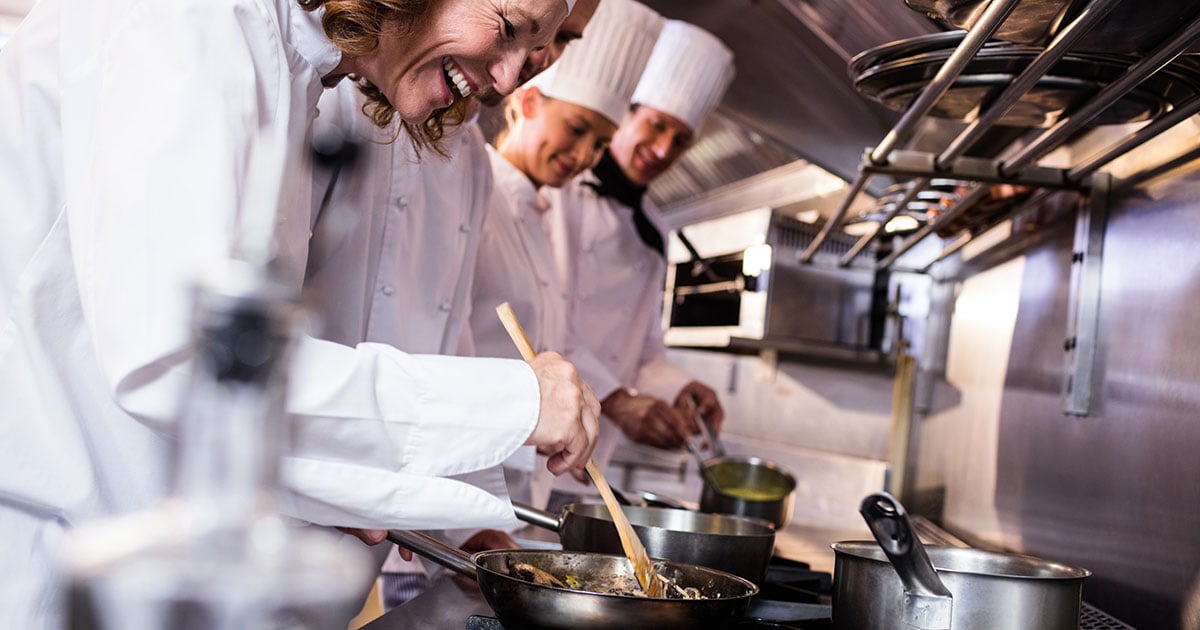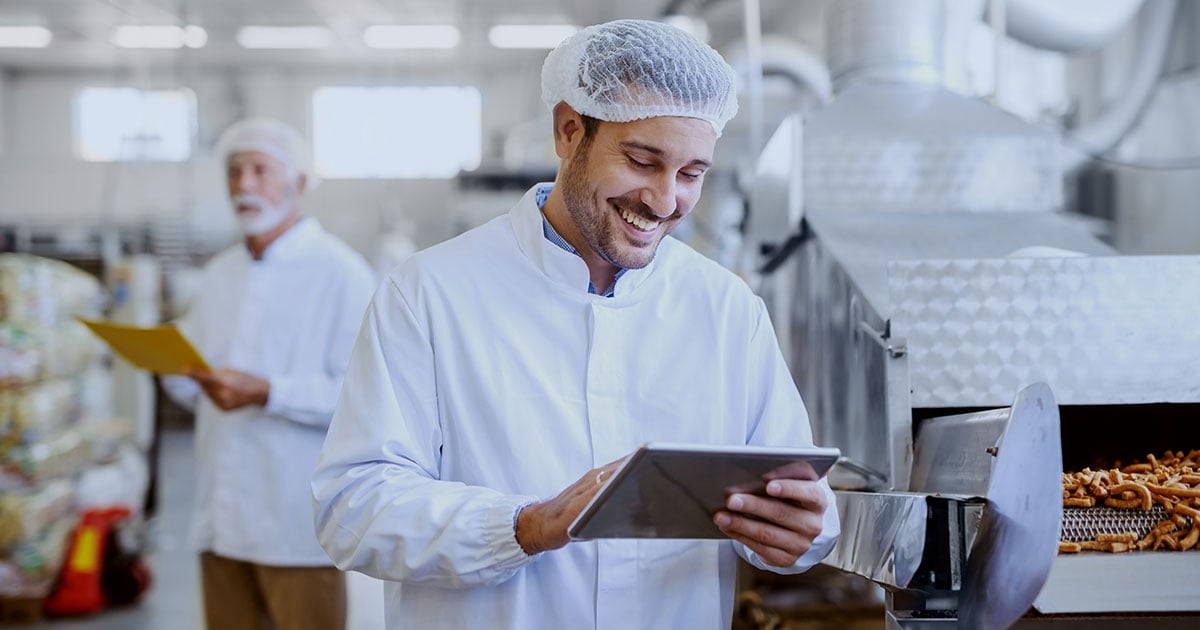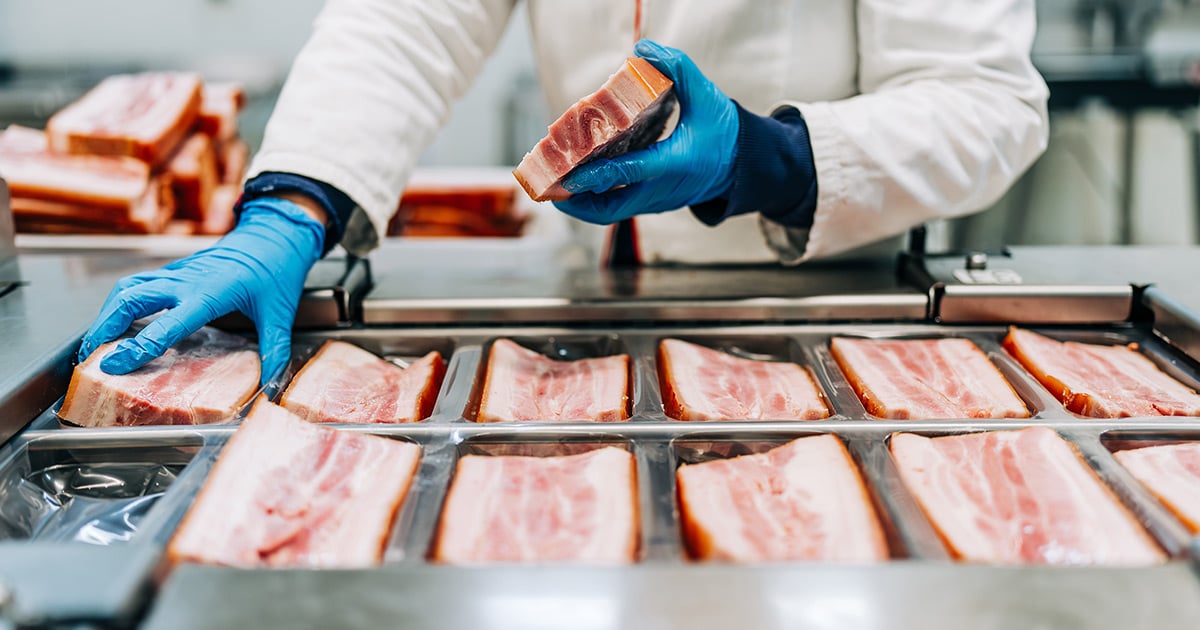7 min read
Out of Sight, Still a Risk: 8 Overlooked Safety Risks in Food Processing
Food-related illnesses are on the rise, with pathogens lurking in floor drains, ventilation systems, and aging fixtures of packer and processor...
2 min read
 BradyPLUS Editorial
:
July 23, 2025
BradyPLUS Editorial
:
July 23, 2025

In foodservice, even a small delay can throw off the rhythm of an entire shift. Whether you're running a neighborhood food truck or managing a high-volume quick service restaurant, a smart, systems-based approach to kitchen operations can shape the entire customer experience. This approach can keep your kitchen running like a well-oiled machine.
Tools including dynamic inventory systems and sensor-enabled equipment use data and automation to make kitchens cleaner, more efficient, and more sustainable. BradyPLUS developed its Essential 8 program to help commercial kitchens look closely at safety, cleaning, storage, and workflow.
Here’s how it works:

Evaluate current workflows and equipment to identify friction points and opportunities.

Select the most effective cleaning, safety, smallware and technology tools for each area.

Standardize routines to improve team training, consistency, and efficiency.

Streamline purchasing to reduce SKUs, simplify supply chains, and manage costs.
Kitchens that follow the Essential 8 program achieve measurable improvements in cleanliness, workflow, and team performance. Together, these improvements can help foodservice operations reduce overhead, minimize costly errors, and protect profit margins.
Foodservice operations today are faster paced, more regulated, and increasingly digital. Making real-time decisions requires real-time data. Kitchen managers should focus on areas for improvement that offer the greatest opportunities for cost savings, productivity, and long-term profitability.
BradyPLUS has identified eight operational zones to consider:

Smart kitchens begin at the loading dock. WiFi-enabled receiving scales automate weight tracking in an inventory management system. Digital probe thermometers connect to food safety compliance systems and proactively identify where your food in storage could be nearing unsafe temperatures. These digital tools help reduce risk of spoilage and bolster real-time inventory tracking so you can make decisions with more clarity on what you need.

Tech-enabled shelving and temperature-tracking sensors support food safety and reduce spoilage across cold and dry zones. Tech-forward solutions make storage more dynamic, meaning teams can find what they need, when they need it.

Digital prep tools, such as allergen-aware inventory systems and real-time air quality monitors, guide precise cleaning techniques and improve food safety. Smart workflows also help staff respond to demand spikes on busy days while keeping standards consistent.

Programmable ovens, cook-and-hold systems, and data-driven maintenance alerts benefit high-volume cooking environments. These tools reduce downtime, improve consistency, and let staff focus on service instead of troubleshooting equipment.

Sensors and programmable holding equipment maintain safe temperatures and track food readiness, ensuring product integrity while reducing kitchen worker stress and manual monitoring.

Digital order tracking and easy-to-clean serving systems enable staff to maintain high dining standards. Clean, connected service areas underpin faster, more seamless customer dining experiences.

Digital checklists, temperature monitoring logs, and integrated safety alerts create safer environments with greater accountability. Paired with personal protective equipment, signage, and floor care tools, these systems reduce risk and support team confidence—even during the busiest shifts.

Smart floor care systems, air purification monitors, and touchless restroom fixtures make ongoing sanitation easier to manage and more measurable. A connected approach leads to better tracking, quicker response times, and a healthier facility.
![]()
Using the Essential 8 program as a guide, operators can turn everyday routines into scalable improvements that can be measured in reduced costs, improved turnaround times and happier customers and staff. The result? Smarter kitchens that run leaner, train faster, and perform better—day in and day out.
Want a kitchen that runs smarter, not harder? Contact us today to learn how the Essential 8 can fine-tune what’s working—and fix what’s not—so your team can deliver consistently, shift after shift.

7 min read
Food-related illnesses are on the rise, with pathogens lurking in floor drains, ventilation systems, and aging fixtures of packer and processor...

11 min read
Labor Day weekend marks the unofficial end of summer—a time for cookouts, festivals, and one last round of backyard barbecues before the long-awaited...

13 min read
In 2025, food industry packaging is experiencing a rapid transformation. This is causing food processors and foodservice operators to reevaluate how...